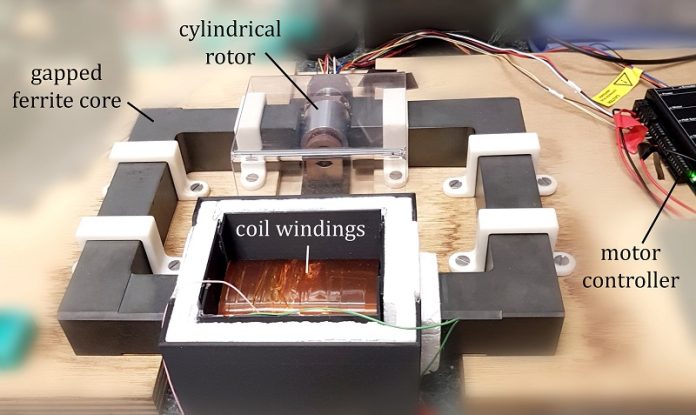
For the first time, scientists have confirmed a 50-year-old theory about wave amplification using electromagnetic waves.
Known as the Zel’dovich effect, the theory explains how the energy of certain waves can increase when they bounce off a spinning object.
This breakthrough was made by physicists at the University of Southampton and is based on research originally proposed by Soviet physicist Yakov Zel’dovich in the 1970s.
The Zel’dovich effect happens when waves with angular momentum—known as “twisted waves”—interact with an object that is spinning very quickly.
Normally, objects absorb incoming waves, but if the object is rotating fast enough, the waves are instead amplified, reflecting back with more energy than they had before.
To test this theory, the scientists used a simple setup involving a spinning aluminum cylinder and a resonant circuit.
By carefully controlling the conditions, they successfully demonstrated the Zel’dovich effect with electromagnetic waves.
This builds on earlier work where researchers proved the effect with sound waves, but until now, electromagnetic waves had not been tested.
Dr. Marion Cromb, the study’s lead researcher, explained, “For the effect to work, the cylinder must rotate faster than the frequency of the incoming wave.
From the cylinder’s perspective, it ‘sees’ the wave frequency shift so much that it goes negative. This negative frequency creates amplification, meaning the wave leaves with more energy than when it arrived.”
The Zel’dovich effect is linked to a phenomenon we experience daily: the Doppler effect.
For example, if a police car with a siren drives toward you, the sound waves are compressed, making the siren sound higher-pitched. As the car moves away, the sound waves stretch out, making the pitch lower.
A similar effect happens with light waves. Astronomers use the Doppler effect to determine whether stars or planets are moving toward or away from Earth by observing the frequency of their light waves.
In the Zel’dovich effect, something called the “rotational Doppler shift” occurs. When twisted waves hit the spinning cylinder, their frequency shifts so much that it becomes negative.
This shift changes the way the waves interact with the cylinder, leading to amplification.
The results of the experiment, published in Nature Communications, show that the Zel’dovich effect is fundamental in nature. The researchers believe it could be explored further in quantum systems, where spinning objects might amplify quantum vacuum waves.
Professor Hendrik Ulbricht, who supervised the project, said, “Proving this effect with electromagnetic waves opens new doors. The next big challenge is to observe it on a quantum level.”
Beyond advancing our understanding of physics, this discovery could have practical uses. For instance, engineers might use the Zel’dovich effect to improve induction generators like those in wind turbines, making energy production more efficient.
The team, who worked on this during the COVID-19 pandemic, is excited about the potential of their findings. Dr. Cromb summed it up: “Our work not only confirms a long-standing theory but also paves the way for future research and practical applications.”
This discovery not only sheds light on a decades-old idea but also offers a glimpse into new possibilities for science and technology.



